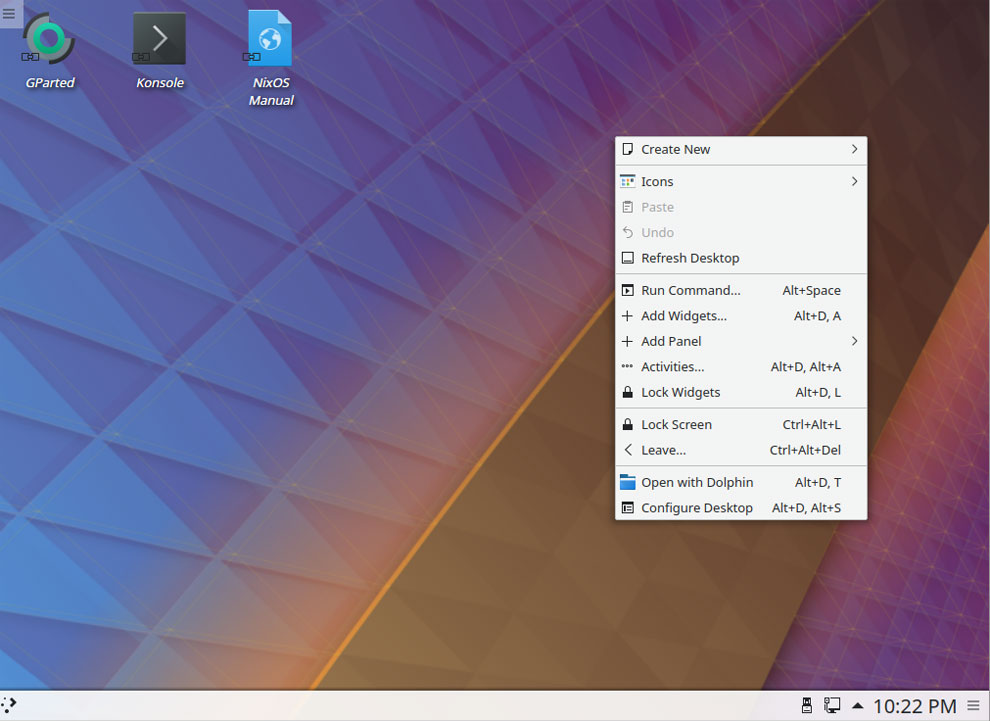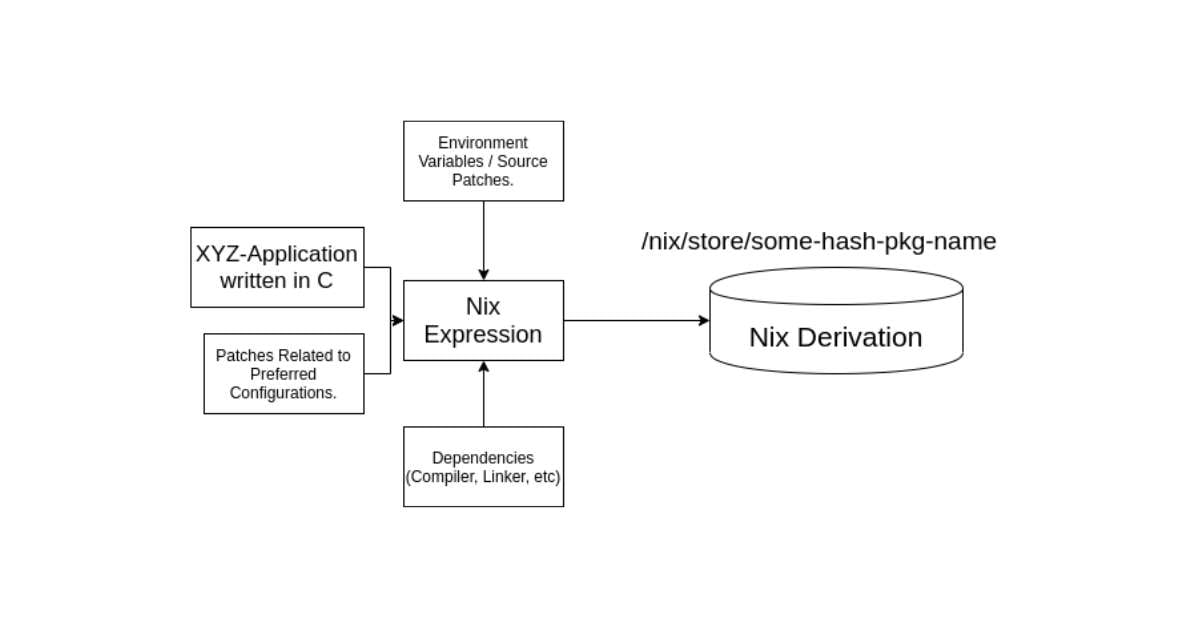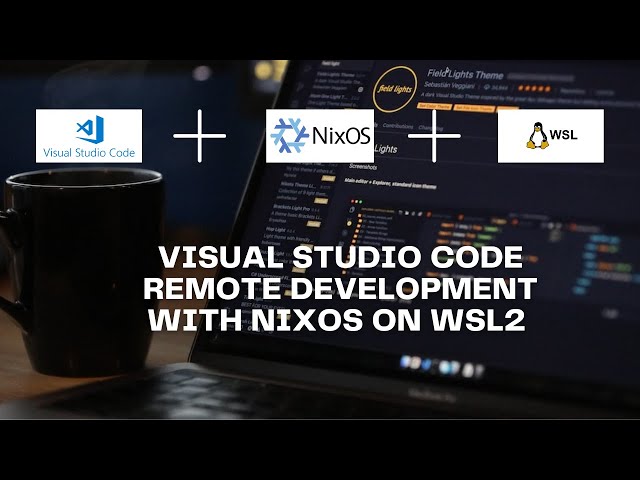Unpacking the Multifaceted World of Nix and NixOS
Nix and NixOS have been gaining traction in the tech community, appealing to those who value flexibility and reliability in their software management. This article explores their unique offerings, delving into implicit benefits that might just turn you into a devotee of this cutting-edge technology.
The Nix Approach to Package Management
Nix is a powerful package manager that stands out due to its functional approach. Unlike traditional package managers, Nix ensures all installations are isolated and reproducible. This not only minimizes conflicts but also streamlines deployment across various environments, making Nix ideal for both personal and professional use.
For developers or system administrators, the implications are profound. With Nix, you can define your development environment explicitly, including each dependency along with version numbers, ensuring that builds are consistent and reliable. This reproducibility is a game changer in modern software development, where containerization is often the go-to solution.
 Exploring Nix’s package management features
Exploring Nix’s package management features
Nix’s functional configuration also allows users to roll back to previous versions effortlessly. Unsuccessful software updates can be reversed, saving you time and frustration. Moreover, as Nix manages packages in unique ways, it minimizes the risk of breaking your system entirely—a concern that every seasoned developer can relate to.
NixOS: The Perfect Companion
Taking it a step further, NixOS leverages the capabilities of the Nix package manager to offer a complete operating system built for the future. One of its standout features is the declarative configuration, allowing users to manage the entire system configuration through a single configuration file. Want to change a service? Just modify the configuration file, rebuild the system, and voilà—an entirely new system setup.
This level of abstraction lends itself particularly well to DevOps practices. NixOS is designed to simplify both deployment and rollback processes. By treating your system as code, you can efficiently manage updates and configuration changes in a way that traditional systems simply can’t match.
“NixOS represents a fundamental shift in how we think about operating system configuration and management.”
 The versatile architecture of NixOS
The versatile architecture of NixOS
It’s important to highlight that NixOS isn’t without its learning curve. Those new to functional programming or unfamiliar with its unique operational model may find themselves facing initial hurdles. However, the long-term benefits, including increased stability and efficiency, often outweigh the initial confusion.
The Community and Ecosystem
One of the often-overlooked features of Nix and NixOS is the vibrant community that supports it. Online forums, GitHub repositories, and numerous tutorials abound, creating an ecosystem where users can share knowledge and troubleshoot issues effectively. The collaborative spirit has led to rapid innovation, making Nix and NixOS an attractive choice for forward-thinking developers.
Conclusion
In summary, Nix and NixOS offer a revolutionary approach to package management and system configuration. They provide the tools necessary to not only simplify your development processes but also enhance your system’s reliability through functional programming principles. As more professionals discover the advantages these technologies offer, it’s clear that they are well equipped to handle the complexities of modern software development.
Embracing the Nix ecosystem could very well be the next step toward optimizing your workflow, driving innovation, and enhancing system stability.















